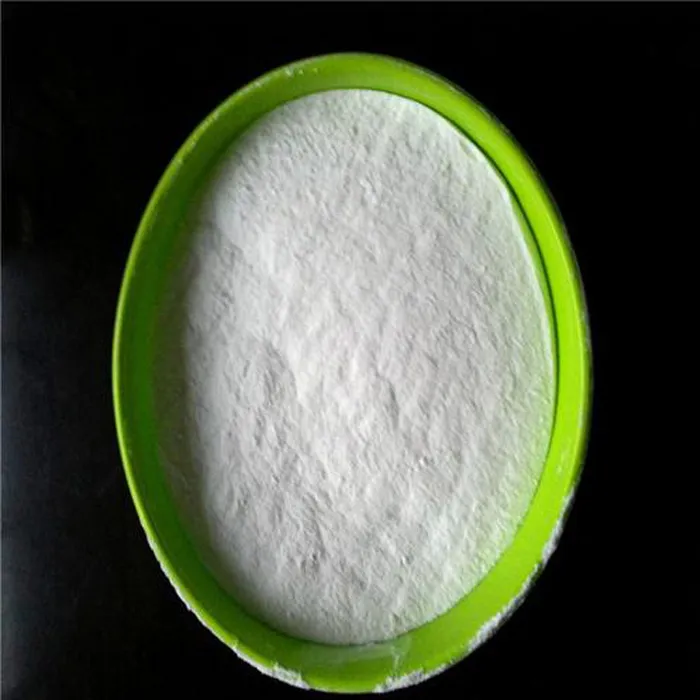Understanding Plastic Additives Enhancing Performance and Functionality
Plastic is an integral part of our daily lives, found in everything from packaging materials to automotive components. However, to improve the performance and functionality of plastics, manufacturers often incorporate a variety of substances known as plastic additives. These additives play a crucial role in determining the characteristics and usability of plastic products, addressing various challenges posed by the properties of base polymers.
What Are Plastic Additives?
Plastic additives are chemical substances that are mixed into polymer resins during the manufacturing process. Their primary purpose is to enhance, modify, and optimize the properties of the base plastic. Depending on their specific function, additives can alter the flexibility, durability, thermal stability, and color of the final product. Common types of plastic additives include plasticizers, stabilizers, antioxidants, fillers, pigments, and flame retardants.
Types of Plastic Additives
1. Plasticizers These additives increase the flexibility and workability of plastics. By embedding themselves between the long polymer chains, plasticizers reduce intermolecular forces, making it easier to mold and shape the material. Common plasticizers include phthalates and citrates, which are often used in products like flexible PVC.
2. Stabilizers To prevent degradation from environmental factors such as heat, light, or oxygen, stabilizers are added to extend the lifespan of plastics. For example, ultraviolet (UV) stabilizers protect against sun exposure, while thermal stabilizers prevent degradation during processing and application.
3. Antioxidants These are crucial for preventing oxidative degradation, which can occur when plastics are exposed to heat or air over time. By neutralizing free radicals, antioxidants help maintain the integrity of the plastic, ensuring it remains functional and visually appealing.
4. Fillers Fillers are added to enhance the properties of plastics while also reducing production costs. They can improve mechanical strength, rigidity, and thermal resistance of the material. Common fillers include talc, chalk, and calcium carbonate.
what is plastic additives

5. Pigments and Dyes These additives are used to impart color to plastics. Pigments offer opacity and color stability, while dyes provide transparency. The choice of pigment or dye depends on the desired aesthetic and application of the plastic product.
6. Flame Retardants Safety is a top priority in many applications, especially in electronics and construction materials. Flame retardants are added to reduce the flammability of plastics and slow down the spread of fire.
The Importance of Plastic Additives
The incorporation of plastic additives is essential for several reasons. Firstly, they enhance the mechanical properties of plastics, making them suitable for diverse applications. For instance, automotive parts require materials that can withstand impact, while medical devices must be biocompatible and safe for human use.
Secondly, plastic additives can significantly improve processing characteristics, making it easier for manufacturers to produce high-quality products. For example, additives can facilitate the molding and extrusion processes, allowing for more efficient production cycles.
Moreover, the environmental impact of plastics can also be mitigated through the use of biodegradable additives. These substances help to break down plastics over time, reducing the overall environmental footprint.
Conclusion
In summary, plastic additives are indispensable in the modern plastic manufacturing industry. They enhance the performance, durability, and aesthetic qualities of plastics, making them fit for a wide range of applications. As materials science continues to evolve, the development of new and innovative additives will likely play a pivotal role in addressing the challenges posed by both performance requirements and environmental concerns. Understanding the various types of plastic additives and their roles can lead to more informed choices in manufacturing processes and product design, ultimately contributing to more sustainable practices in the plastics industry.

